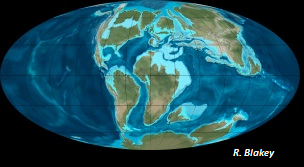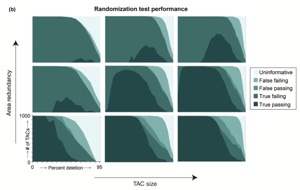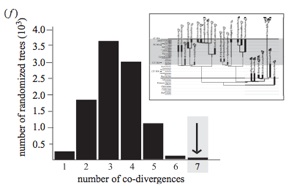 |  |
| Gondwanan Crocodyliforms I became particularly interested in crocodyliform biogeography when I started working on some of the notosuchians from Madagascar. Of particular interest is the apparent pattern of relationships between Malalgasy and South American notosuchians. In 2004, I published one of the first analytically biogeographic analyses examining this question of a South American--Madagascar biogeographic link during the Cretaceous (Turner, 2004). Currently, I am working on an update to this study which incorporates much of what we know about crocodyliforms relationships that has been updated since my original paper, as well as the updated timings of plate divergence events. |
|
 | Triassic Dinosaur Biogeography The Cretaceous Period witnessed as huge radiation of crocodyliforms that lived in the southern landmasses. This Gondwanan radiation was comprised almost exclusively by a group called Notosuchia. Notosuchians explored a wider range of niches than modern crocodylians do--exploring small terrestrial omnivorous and herbivorous roles (e.g., Araripesuchus, Simosuchus) as well as becoming large macropredators (e.g., sebecosuchians). |
Effect of Sampling Failure |  |


